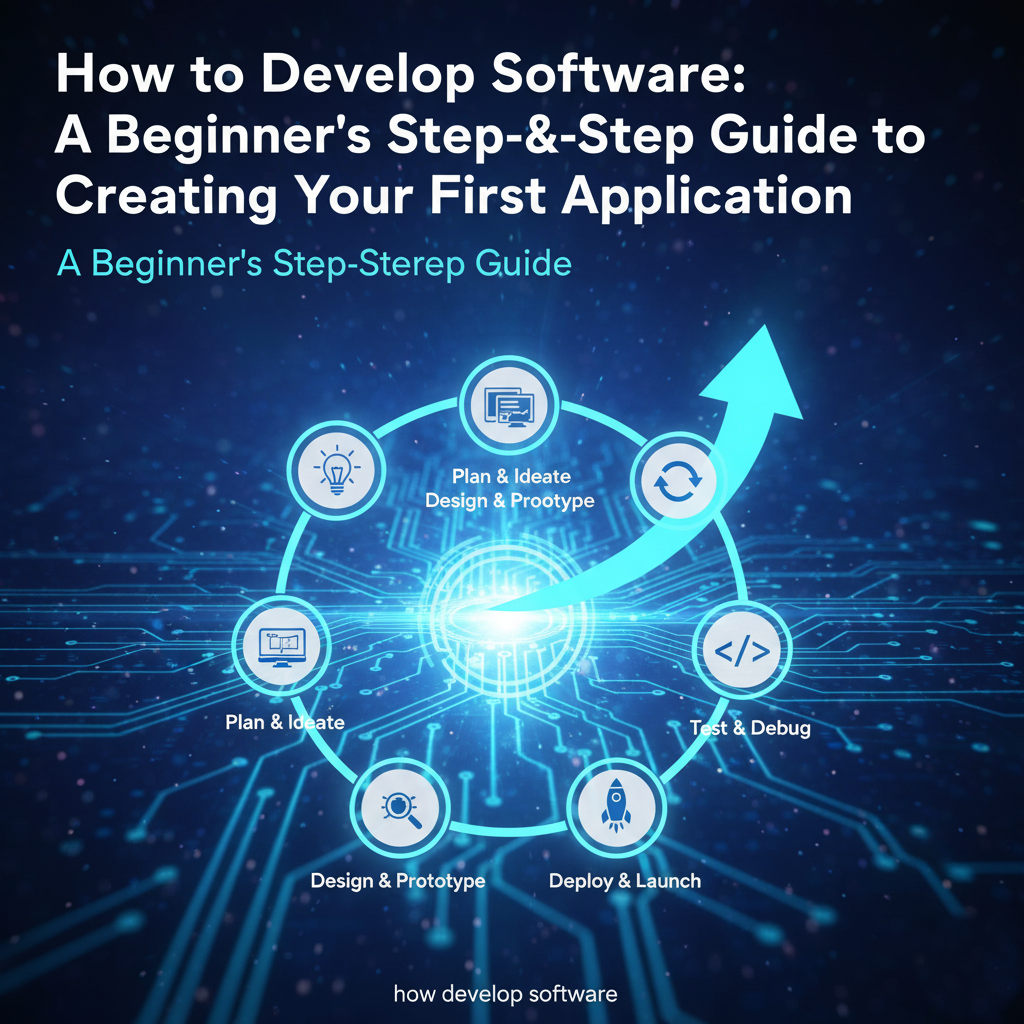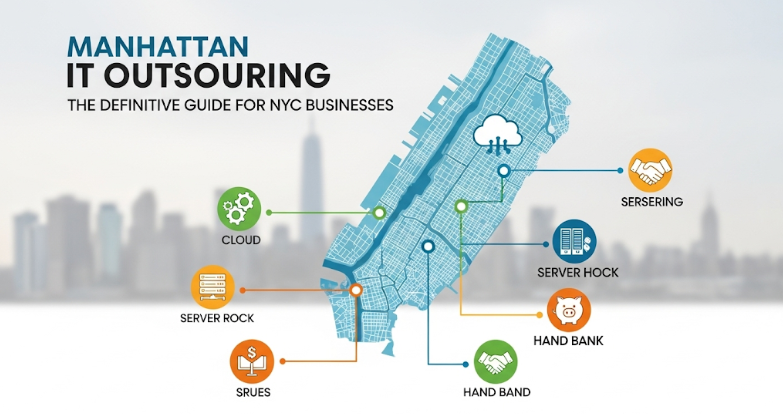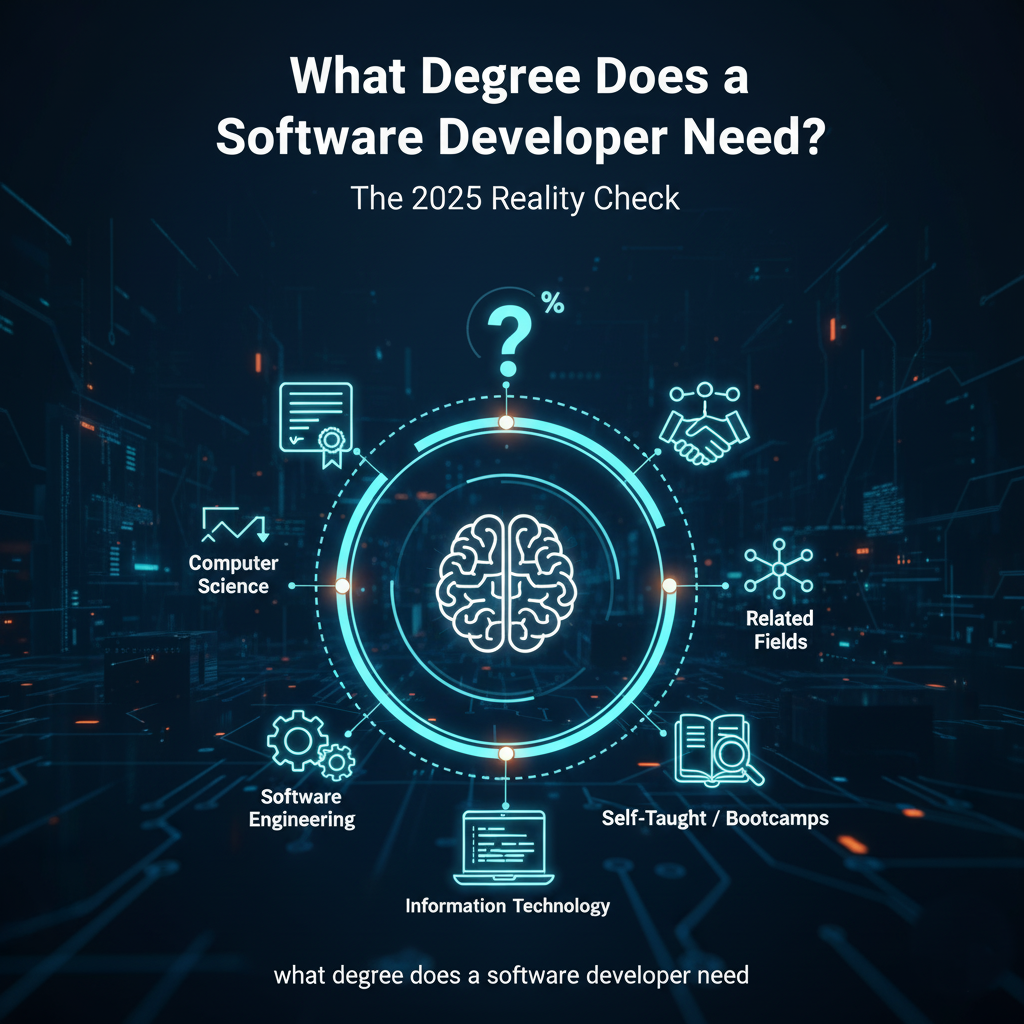Have you ever looked at a mobile app or a computer program and wondered, “How do people actually develop software?” Maybe you have an idea for an application but feel completely overwhelmed by where to even begin. You’re not alone. Every skilled developer started exactly where you are now—with a question and a desire to create.
The good news? Learning how to develop software is more accessible than ever. With free resources, powerful tools, and supportive communities, you can turn your idea into a functioning application. This beginner’s guide breaks down the process into clear, manageable steps, demystifying the world of software development and giving you the confidence to start your journey.
What is Software Development?
At its simplest, software development is the process of creating computer programs, applications, or systems that perform specific tasks. This could be anything from a simple calculator app on your phone to complex enterprise software running global operations.
The key thing to understand is that software development follows a structured process—often called the Software Development Life Cycle (SDLC). While it might seem intimidating, this process simply provides a framework to take your idea from concept to reality, one logical step at a time.
A Step-by-Step Guide to Developing Your First Software
Step 1: Define Your Idea and Set Clear Goals
Every great application starts with a clear purpose. Before you write a single line of code, ask yourself:
- What problem am I solving? Good software addresses a specific need or pain point.
- Who is this for? Understanding your target user is crucial.
- What already exists? Research similar applications to see what works and where you can improve.
For your first project, think small. Instead of building “the next Facebook,” aim for something manageable like a to-do list app, a simple game, or a personal budget tracker. This is called an MVP (Minimum Viable Product)—the simplest version of your idea that still works.
Step 2: Plan Your Approach
A little planning now saves a lot of frustration later.
- Choose your platform: Will this be a web application, a mobile app (iOS/Android), or desktop software? For beginners, a web app is often the easiest starting point.
- Select a programming language: Don’t get paralyzed by this choice. Great beginner-friendly options include:
- Python: Known for its simple, readable syntax. Great for web development, data analysis, and automation.
- JavaScript: The language of the web. Essential for front-end development and now popular for back-end too (with Node.js).
- Outline your features: List what your MVP will do. For a to-do app, this might be: 1) Add a task, 2) Mark task as complete, 3) Delete a task.
Step 3: Learn the Basics of Coding
You don’t need to know everything to start. Focus on core programming concepts common to all languages:
- Variables: Containers for storing data
- Conditionals: Making decisions in code (if/else statements)
- Loops: Repeating actions
- Functions: Reusable blocks of code
Free learning resources are abundant:
- freeCodeCamp: Offers structured, project-based curricula.
- Codecademy: Provides interactive coding lessons.
- YouTube channels: Traversy Media and Programming with Mosh offer excellent beginner tutorials.
Practice is key. As you learn, apply concepts to small exercises like building a number guessing game or a temperature converter.
Step 4: Design Your Application
Design isn’t just about making things look pretty—it’s about how your application works.
- Sketch your interfaces: Use paper and pencil or a free tool like Figma to draw what each screen will look like.
- Plan the user flow: How will a user move from one screen to another? How do they complete key actions?
- Keep it simple: A clean, intuitive design is always better than a complex, cluttered one.
Step 5: Start Coding
Now for the part everyone thinks of—writing code!
- Set up your environment: Install a code editor like Visual Studio Code (it’s free and powerful).
- Use version control: Learn the basics of Git and create a repository on GitHub. This saves every version of your code, letting you track changes and revert mistakes—a digital safety net.
- Build step-by-step: Tackle one small feature at a time. Get your “Add a task” function working perfectly before moving to “Mark as complete.”
- Embrace the struggle: You will get stuck. You will encounter errors. This is completely normal and part of the learning process.
Step 6: Test Everything
Testing is what separates amateur projects from professional software.
- Test as you go: Check each feature as you build it.
- Break things intentionally: Try to find ways to break your app—type letters where numbers should go, click buttons rapidly—then fix these vulnerabilities.
- Get fresh eyes: Ask a friend to try your application. They’ll likely find confusing parts or bugs you missed.
Step 7: Deploy and Share Your Work
An application that only runs on your computer isn’t finished. Deployment means putting your software where others can use it.
- Web apps: Use Netlify or Vercel for simple, free deployment directly from your GitHub repository.
- Mobile apps: For Android, use the Google Play Store. For iOS, use Apple’s App Store (which requires a developer account).
- Share your achievement: Post your project on LinkedIn, share it in coding communities like Reddit’s r/learnprogramming, or add it to your portfolio.
Step 8: Keep Learning and Iterating
Your first version is just the beginning. Based on feedback:
- Fix any bugs that appear.
- Add new features to enhance your application.
- Refactor your code to make it cleaner and more efficient.
Software development is a journey of continuous learning and improvement.
Essential Tools for Beginner Developers
- Code Editor: Visual Studio Code (free)
- Version Control: Git and GitHub (free)
- Design Tool: Figma (free tier available)
- Learning Platforms: freeCodeCamp, Codecademy (free tiers available)
- Community Support: Stack Overflow, Reddit’s r/learnprogramming
Conclusion
Learning how to develop software is like learning any other skill—it requires patience, practice, and perseverance. You don’t need special genes or a computer science degree; you just need to start.
Don’t aim for perfection in your first project. Aim for completion. Embrace the challenges as learning opportunities, and don’t hesitate to seek help from the vast developer community online.
Your idea is valid, and your ability to bring it to life is only a decision away. Choose a small project, pick a language, and start today. The world needs what you’ll create.
Frequently Asked Questions (FAQ)
Q: What is the easiest programming language for beginners?
A: Python is widely recommended for its clear, readable syntax and versatility. JavaScript is also an excellent choice if you’re interested in web development.
Q: How long does it take to learn enough to build my first application?
A: With consistent study (1-2 hours daily), you can gain enough knowledge to build a simple application in 3-6 months. The key is to start building projects immediately, even while you’re learning.
Q: Can I develop software without spending money?
A: Absolutely! All the tools and resources mentioned in this guide (VS Code, Git, freeCodeCamp, Figma) have robust free tiers that are more than sufficient for beginners.
Q: Do I need to be good at math to develop software?
A: For most types of programming, advanced math is not required. Logical thinking and problem-solving skills are far more important than mathematical ability.




